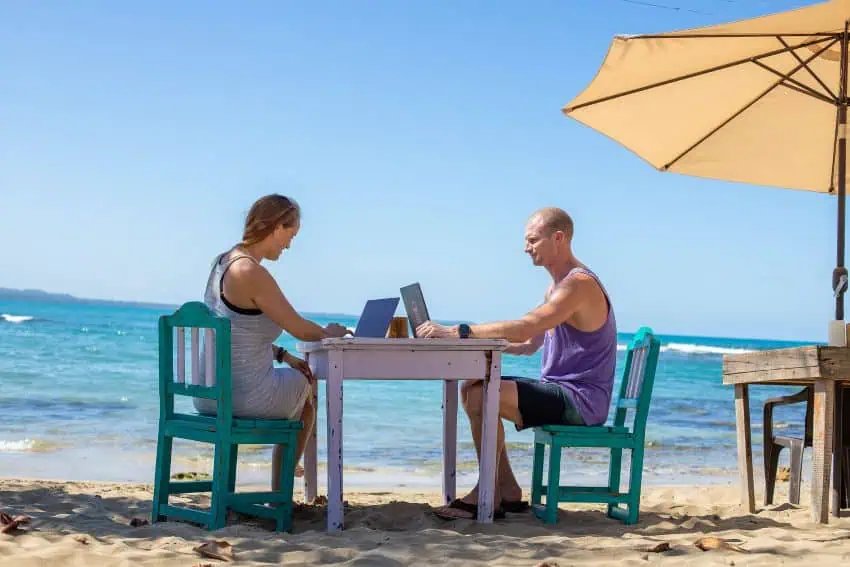When my family and I moved to Mexico in 2021 as digital nomads, we had the intention of staying in the country for just a year. But a year turned into two, then three, and now we’re approaching our fourth year here in Mexico.
Having been a digital nomad for the past 15 years, I’ve traveled and worked remotely in many countries, 150 to be exact. But Mexico just keeps pulling me back. The slower pace of life, family-oriented culture, decent infrastructure, comfortable lifestyle and affordability all contribute to making this place so appealing to me. And I’m not the only one who thinks so.

Since the COVID-19 pandemic, the number of digital nomads arriving in Mexico has skyrocketed. The US State Department estimates that 1.6 million Americans live in Mexico, with even more temporarily based here as digital nomads. In the Expat Insider survey 2024 conducted by InterNations, Mexico was voted as the second-best country to live in the world.
With that, we debut Where to Travel in Mexico 2025, a series to uncover the best locations across Mexico to visit for various types of travelers: whether you’re a solo traveler, foodie, outdoor adventurer or road tripper. In this first edition, we zoom in on digital nomads in search of a good temporary base in Mexico. We’ve handpicked seven locations that are most suitable for digital nomads in terms of internet connections, community and amenities.
Mexico City: For the metropolitan traveler
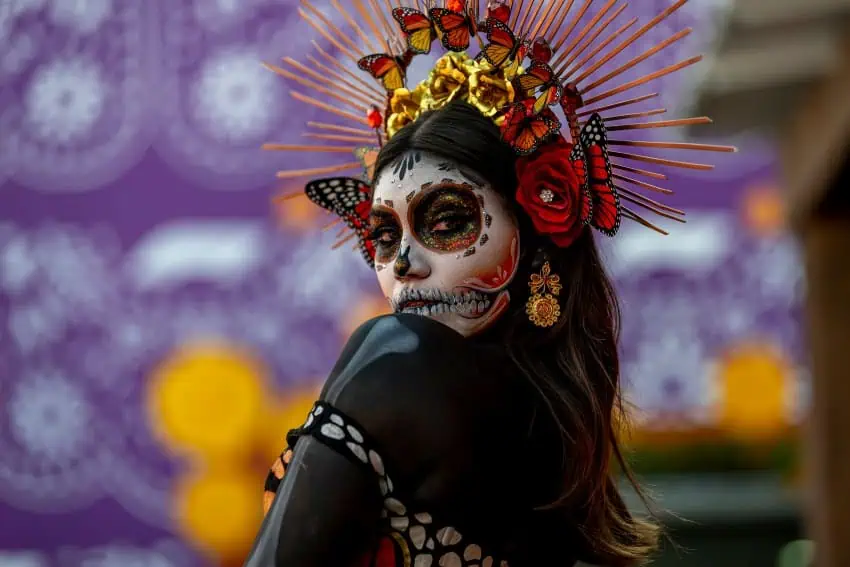
The capital of Mexico has become a well-established digital nomad hub, popular with remote workers in their late 20s to early 30s who prefer bustling city life to slow-paced seaside towns.
The city is home to over 150 museums, countless parks, festivals almost every weekend, an unrivaled food scene, a vibrant nightlife, a mild year-round climate, as well as pristine nature less than an hour away. Let’s not forget how easy it is to find high-speed fiber optic internet, cozy coffee shops and networking events.
Coworking spaces are popping up all over the city, including the towering 20-floor WeWork building. Want to work somewhere for free? Check out the architecturally stunning, multi-story Biblioteca Vasconcelos.
Roma and Condesa are popular neighborhoods for digital nomads; safe, walkable and super lively. Laptop-friendly cafes abound, serving solid WiFi and strong coffee. Don’t miss the bookstore-cafe Cafebrería El Péndulo and the aesthetically pleasing Madre Cafe — order the sheep molletes! Bars and restaurants in the area also frequently host group dinners and trivia nights for remote workers.
Playa del Carmen: For the holistic hoofer
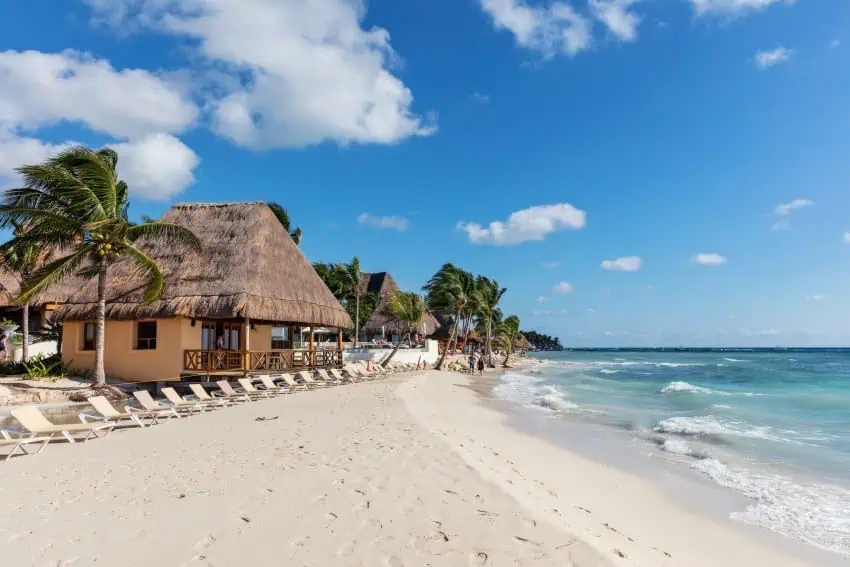
With a privileged location on Mexico’s Caribbean coast, Playa del Carmen, Quintana Roo, largely appeals to young remote workers who enjoy an outdoorsy lifestyle and seek healthy food and fitness amenities. If you like Pilates on the beach, aerial silks in a park, SUP at sunrise and ice baths, this is the place for you. Spend your weekends taking surfing classes, island-hopping, or exploring the ancient ruins nearby – there’s a huge variety of things to do in the area.
The beach town is walkable, and cycling is another easy option to get around, thanks to the bike lanes and bike rental system. Unlike beaches in Cancún, the strands in Playa del Carmen aren’t blocked out by massive resorts and are easily accessible. Sadly, they get blanketed in sargassum seaweed, typically from April to August, but you can always cool off in the clear cerulean waters of the region’s cenotes.
Playa del Carmen was my family’s first home base in Mexico, and it felt like a dream spending after-work hours kicking back on the beach and adventuring in ecoparks. The downside to Playa del Carmen? It gets crowded with tourists during high season, and the incessant hassling from tourist touts can be overwhelming. But we found that veering off the pedestrianized Quinta Avenida often led to quieter, more authentic experiences.
San Miguel de Allende: For cultural explorers

Named the best city in the world by Travel + Leisure in 2024, San Miguel de Allende, Guanajuato, is well known for its architecture, quaint cobblestone streets and flower-peppered rolling hills. Its ochre-colored buildings are often topped with atmospheric rooftop bars, where you can sit and contemplate the sunset, with traditional Mexican music playing in the background. The small town vibes, artsy flair and Old-World ambiance all combine to make this one of the loveliest settings in Mexico.
This town has a long history of playing host to retirees and older folks, but more and more remote workers are setting up temporary homes here. I currently live here with my family and have found an amazing community of people who are also seeking a slower and more intentional way of life. Because life is less structured here, people have the time to engage, connect, pursue passions and live life on their terms.
As a cultural hub, San Miguel de Allende makes a fantastic home base for travelers who want to truly immerse and learn about Mexican culture and traditions. Get lost in the Mercado de Artesanías, learn Spanish at the Instituto Allende or take a textile weaving or ceramic workshop at the Fábrica Aurora.
La Paz: For divers and snorkelers
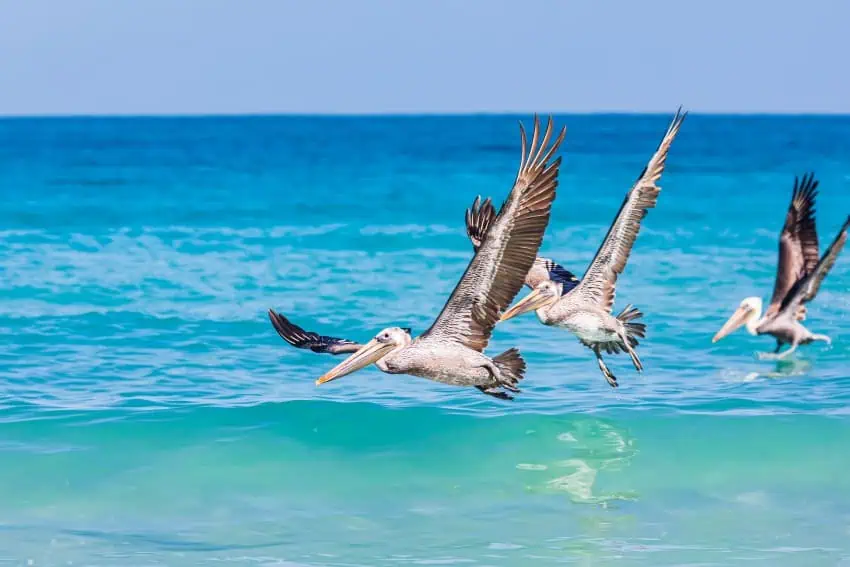
Hugging an inlet from the Sea of Cortez, La Paz is a low-key city on the east coast of Baja California Sur. Despite being just an easy two-hour drive from Los Cabos, La Paz cannot be more different: It’s refreshingly slow-paced and uncommercialized. You won’t find massive all-inclusives, high-rises or Señor Frog’s. This is where the desert meets the sea, and a world of rugged ecotourism experiences awaits.
Remote workers who love the ocean are in for a treat here. La Paz is the gateway to the Sea of Cortez, dubbed the “Aquarium of the World” by renowned oceanographer Jacques-Yves Cousteau for its incredible marine life and biodiversity. Within its protected waters, you can swim alongside whale sharks from October to April, visit a large sea lion colony off Espiritu Santo Island, or simply kick back at the secluded Balandra Bay, one of the most picturesque beaches in Mexico.
La Paz is perfect for digital nomads who want to live and work by the beach, but away from the crowds. Kristen Gill, an American travel writer who’s called La Paz home for seven years, tells us, “What I like most about La Paz is its chilled out atmosphere that lets you slow down and enjoy the natural beauty of the place, surrounded by mountains, desert and sea. There are plenty of cafes and restaurants nestled within its lively city center, where you can work and hang out with friends.”
Xalapa: For outdoorsy types

For those seeking under-the-radar locations rarely visited by foreigners, Xalapa is easy to love. Xalapa is often unknown outside of Mexico, and yet Veracruz’s mountainous capital boasts some of the most pristine natural settings in the country, ringed by volcanic mountain ranges, coffee plantations, cloud forests and tropical savanna. Digital nomads who love nature will revel in Xalapa’s mountains, spending weekends hiking in misty highland forests and soaking in hot springs.
Because of its lush, natural setting, Xalapa has an abundance of fresh, local produce that makes for amazing flavor-packed foods. It’s the birthplace of the mighty jalapeño and one of the best places in the country to try the quintessentially Mexican chile relleno.
As a university town, Xalapa has an impressive selection of cafes and coffee shops serving up locally-grown coffee at incredibly affordable prices. Sip gourmet coffee and enjoy avocado toast amidst the lush vegetation of Flor Catorce, or work the day away at the tastefully designed Bolena Café, which resembles an upscale furniture store.
Crunch Ranjani, a copywriter currently based in Xalapa, shares why it’s a great spot for digital nomads: “Xalapa has all the amenities you could want in a big city, but with small city vibes. It has a great cultural scene with lots of music events, exhibitions and lots of hiking trails and pueblos mágicos to visit when you’re not working.”
Puerto Vallarta: For the tropical adventurer
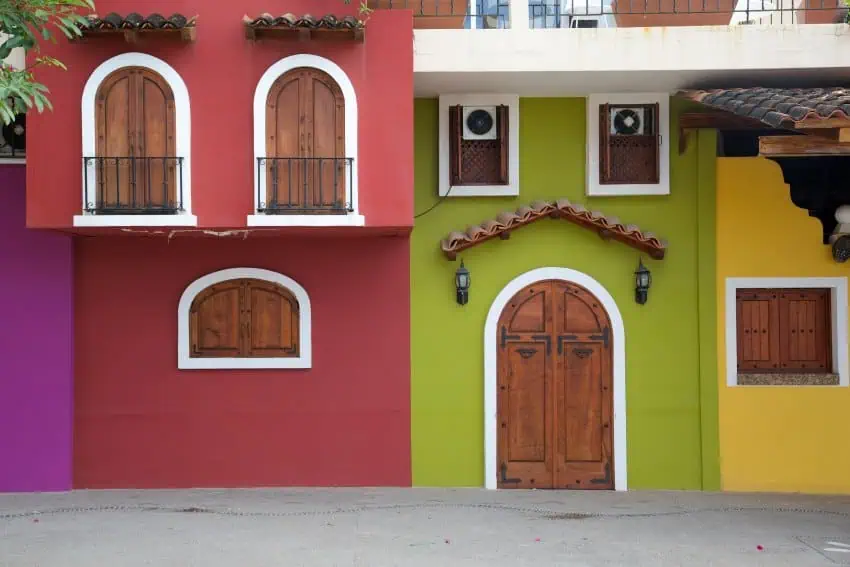
Puerto Vallarta, Jalisco, is hugely popular with digital nomads, and for good reason. Unlike most beach towns, it has a historic center with cobbled streets and old-school charm. It’s backed by jungle peaks with small, laid-back beach towns in close proximity. And it’s one of the safest cities in Mexico and boasts a decent cost of living.
This coastal city wouldn’t have made the list several years ago, as the internet was spotty, but the city has since improved its infrastructure and fiber optic internet has become common. These days, there’s no shortage of coffee shops and coworking spaces here; Joint, The Green Place, Miscelánea and Natureza Cowork are popular ones.
Puerto Vallarta is known for its LGBTQ-friendly attitudes and large international community, so expect to meet lots of like-minded travelers here. You can also easily find fitness classes all over the city, from aerial silks to kickboxing. Although it’s one of the pricier parts of Mexico, Puerto Vallarta still offers relatively low prices for foreigners: You can rent a one-bedroom apartment for around US $600 that often includes high-speed internet, a gym and a rooftop pool.
San Cristóbal de las Casas: For offbeat travelers
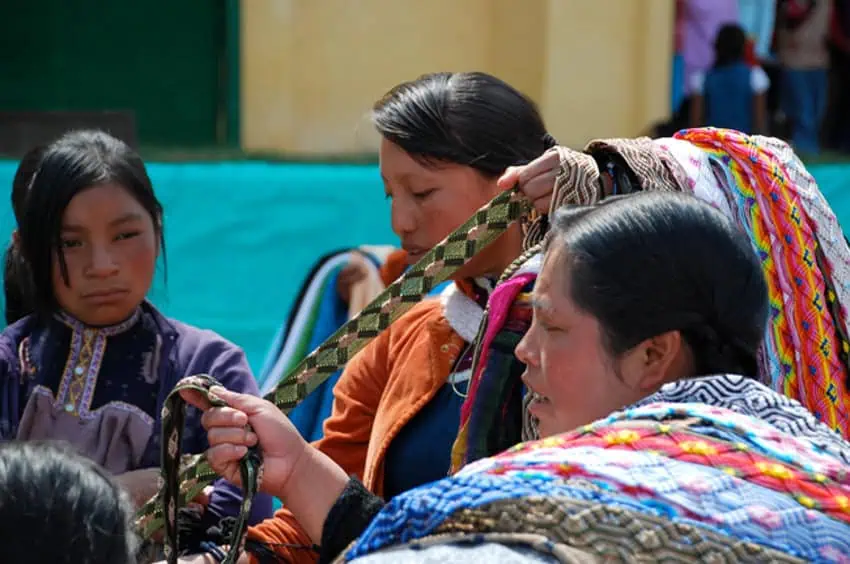
Sprawling across southern Mexico close to the Guatemala border, the state of Chiapas is covered in lush tropical jungle, spectacular waterfalls and spearmint lakes. Sadly, Chiapas is often overlooked by travelers due to the presence of the Zapatistas, a militant group known for uprisings against the government in the 1990s. Today, this region is relatively safe to visit, in particular the Magical Town of San Cristóbal de las Casas, which makes for an excellent launchpad for outdoor adventures.
Perched at 7,200 feet above sea level, San Cristóbal is a burst of colors and Indigenous culture. Its cobblestoned streets are lined with terracotta-roofed colonial houses, backdropped by misty mountains and hilltop churches. Indigenous Tzoztil ladies stroll along the sidewalks in their embroidered huipils, selling beautiful artisanal textiles. The markets in San Cristóbal are said to have the best quality textiles and handicrafts, at the best prices in Mexico.
Digital nomads looking for milder climates will enjoy the cool year-round weather here; though it can get chilly in winter. Thanks to its location close to the southern border, San Cristóbal is a great temporary base for travelers who plan to travel Guatemala overland. There’s an incredible amount of places to explore around San Cris: from the Tzoztil village of San Juan Chamula to the tumbling cascades and turquoise pools of the El Chiflón falls, the impressive Cañón del Sumidero and the multi-colored lakes and pine forests at Lagos de Montebello.
What’s right for each type of traveler?
We’ve put together a table summarizing which destination would suit travelers based on their experience in Mexico.
Beginner travelers are those with limited international experience; maybe this is their first trip to Mexico. Ideal for first-timers who prefer margaritas with training wheels. These travelers stick to well-trodden paths, mastering “¿Dónde está el baño?” while clutching a phrasebook. They thrive in destinations where guacamole arrives with optional spice and the hotel staff speak Google Translate.
Intermediate travelers are those with some international experience who can handle moderate language barriers and cultural differences. Ready to trade resorts for real-deal experiences, these travelers navigate cobblestone streets without face-planting. They’ve graduated to ordering “tres tacos al pastor” without pointing and can haggle for a sombrero in Oaxaca’s markets… but still overpay by 20%.
Advanced travelers are those with extensive experience navigating complex destinations independently. These wanderers treat Mexico like a choose-your-own-adventure novel written in Spanglish. They’ve adopted a street dog named Churro, debate the merits of different artisanal mezcals and know which mercado stall has the best tamales oaxaqueños.
Nellie Huang is a professional travel writer and author based in San Miguel de Allende with her family. She has contributed to BBC Travel, CNN, International Business Times and National Geographic and co-authored Lonely Planet’s 2025 Mexico guide. Read about her adventures worldwide on wildjunket.com and follow her updates on Instagram @wildjunket.

